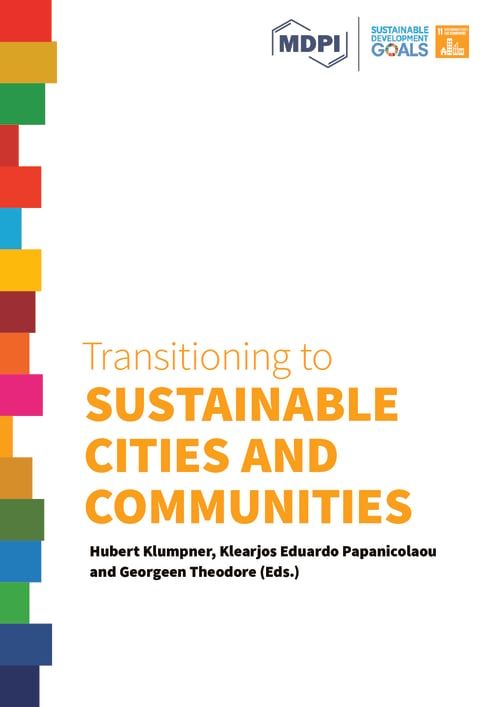Impact of Urban Planning on Air Quality: The Consequences of the Mismatch between Natural Wind Flows and Building Typologies
Today’s cities face rising air pollution. Emissions from increased energy demands, automobile usage, building heating and cooling systems, industry, waste burning, and fossil fuel usage contribute to poor air quality in various areas around the world. According to the World Health Organization (WHO), only 20% of the world’s urban population lives in environments that comply with the WHO air quality guidelines. Toxic air is now the most significant environmental risk for citizens of early death, responsible for one in five of all fatalities. deteriorated susceptiblea reversed shift of an atmospheric property with altitude, from warm to cold.specifically, regulations that consider the location, height, and massing of buildings. These policies should aim to respond to situated increases in wind and air circulation, ideally benefiting from The SDGs target a reduction in air pollution in cities by 2030. Most future urban development plans worldwide target new building activities until the year 2040 as a planning horizon, which is an opportunity to formalize and extend research findings from the SDG 2030 target into a policy framework, including the existing building stock. Sarajevo, as one of Europe’s most polluted cities, such a policy framework could become an important tool to include environmental factors in urban planning to reduce its adverse per capita environmental impact. Sarajevo, after all, grew historically in a valley, To begin addressing these issues, a mobile laboratory was created to conduct onsite wind and turbulence measurements in multiple locations and heights. This was performed in order to overcome the challenges of conventional wind measurement methods, where devices are located at one specific height, in most cases very close to the ground surface, and therefore only measure at one specific location and altitude. To address the valley and tall building conditions, it is necessary to measure wind at different elevations. The resulting data collection can contribute to a better understanding of such phenomena at the urban scale, visualized in four dimensions. This research shows that Sarajevo’s urban planning and building typologies contributed to the city’s seasonal IWP, and thus to the decrease in air circulation, air exchange, and pollutant removal possibilities, thereby increasing air pollution and negatively impacting public health. For Sarajevo, policy recommendations include the development of an urban four-dimensional model that considers special climatic conditions such as essential wind corridors.
